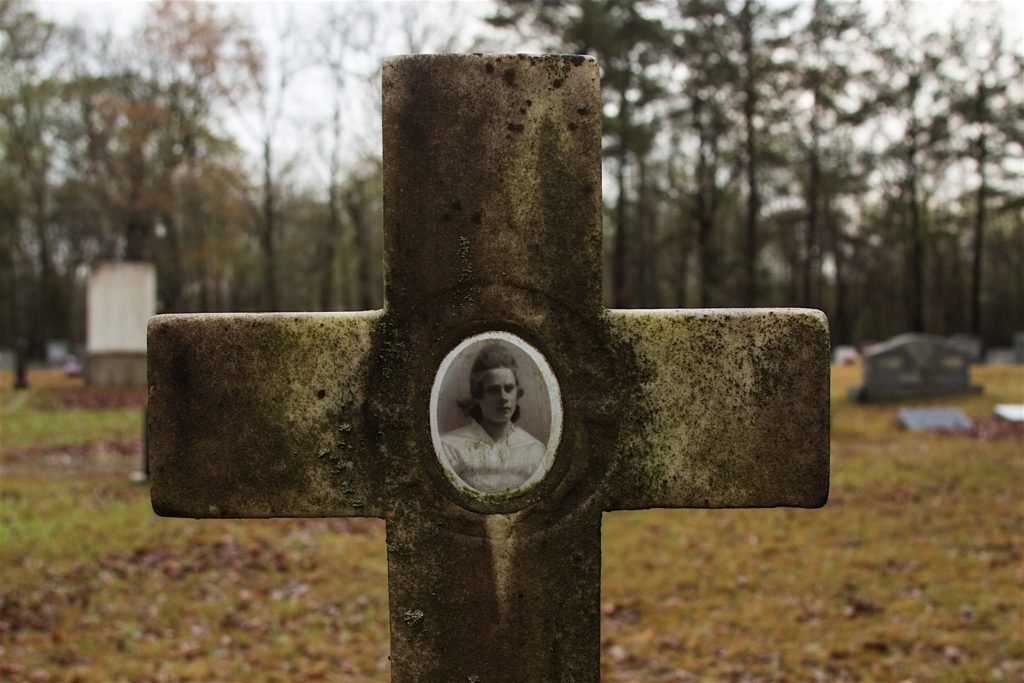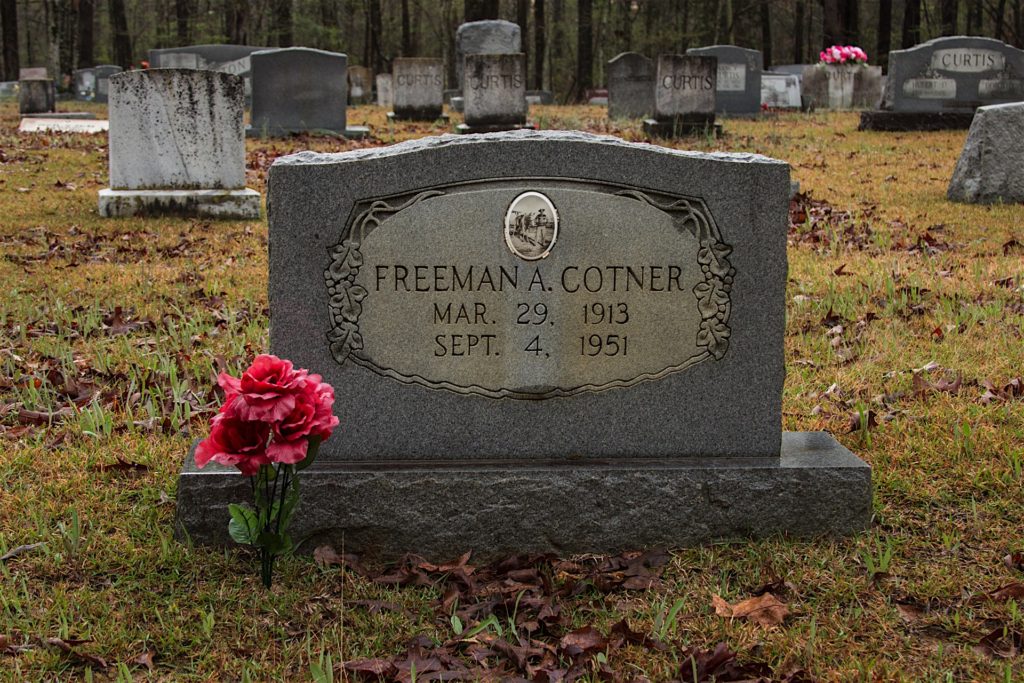
Kate and I flew to Nashville Wednesday so that she could attend a national conference of science teachers and so that I could tag along. There would be plenty to do in Tennessee’s state capital, but as soon as I thought about coming out here I had only one destination on my list: Shiloh.
For you who have been poring over your James McPherson or Shelby Foote or who binge on Ken Burns, you know that Shiloh was one of the principal battles of the Civil War. More than that, its 23,000 casualties — the dead, the wounded, the captured and missing — signaled that the war had the potential to be very long and very costly.
I have visited other Civil War sites: Gettysburg, Antietam, the little house where Stonewall Jackson died after Chancellorsville, and others. But this visit is different somehow. My interest has evolved. I’m still interested in the ebb and flow of battle and who did what where, and I’m still curious about what could move human beings to endure and inflict the cruelty that typified the Civil War battlefield.
What’s changed for me is that the war has lost that quality of right, of honor, of transformation and finality that it had for me when I first encountered Civil War stories and when I first visited a battlefield when I was 17. Historians have long since re-evaluated the war in light of the South’s postwar racial code and enduring political power; in light of the North’s antebellum economic dependence on slavery and on Northern whites’ widespread rejection of the notion of racial equality.
So now the war is something different to the world, and it’s something different for me as well, part of a process that’s still being played out. It’s an interesting frame of mind to bring to a place dedicated to remembering the terrors and accidents of a single confrontation in the war.
I got to the battlefield on Thursday, late in the afternoon, just as a very heavy downpour began. I spent at least a half hour in my rented car down by the side of the Tennessee River, at the site of the landing that the Union commander, U.S. Grant, used to get to the battlefield after his army was surprised by a Confederate army on April 6, 1862. I wasn’t channeling thoughts about what it must have been like on that day; I was just listening to the din of the rain beating on the car (a rented Jeep Patriot if you’re hungry for details).
Eventually, I drove up to the battlefield headquarters, then strolled through the national cemetery where most of the Northern dead (and some from the South) were interred. I took some pictures, but felt that in some way I wasn’t connecting with the place. It started to rain again, so I left and started a drive around the battlefield. Hardly anyone was around.
I happened across the site of the church from which the battle took its name. I was surprised to find that there is a working church there — built in fits and starts from the 1920s through the 1950s, as well as a cemetery that apparently goes to the founding of the original church in 1851.
What caught my attention first was the fresh decorations on many graves. When I stopped and looked, I found many fairly recent burials. In fact, a former governor of Tennessee, Ray Blanton, was buried there in 1996.
But a more modest grave, one of those closest to the road, caught my attention: Jewell Smith. Born Sept. 10, 1904. Died Oct. 10, 1918. At first, I didn’t notice her photograph, a very serious portrait, embedded and well preserved in the headstone.
What happened to her? No real idea. But her date of death suggests something to me: the great influenza pandemic was sweeping the United States in the autumn of 1918.
Nearby was another headstone with a photograph: Freeman A. Cotner, died in 1951 at age 38. The portrait is striking because he’s wearing a uniform of some kind, maybe with a badge, definitely with a gunbelt. Oh, and there’s the horse.
Cotner was killed in a highway crash near Fayette, Mississippi, along with his apparently sometimes-estranged wife, Mary Sue Tawwater Cotner. They either ran into the back of or head on into a large truck on U.S. 61. Their daughter, Linda Elois, was with them in the car and survived. Of note: Cotner’s mother-in-law held a separate funeral for his wife, who was not buried with him.




